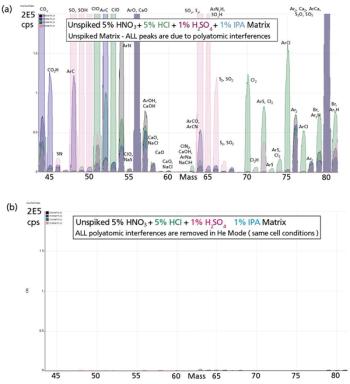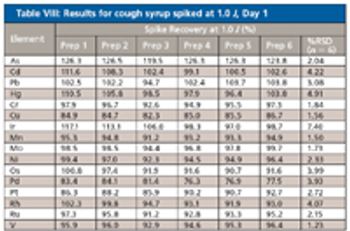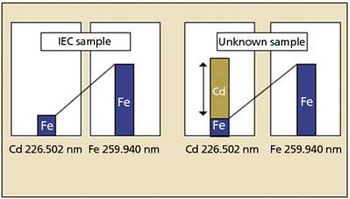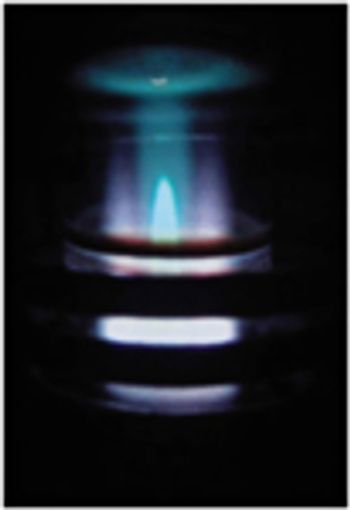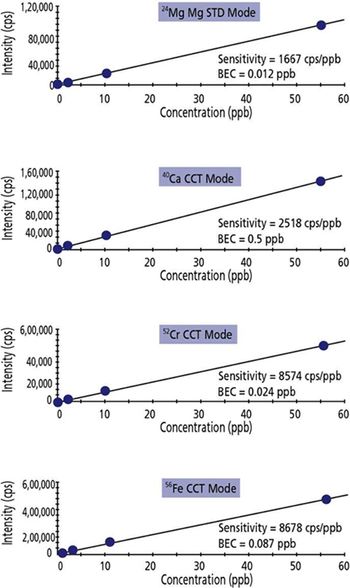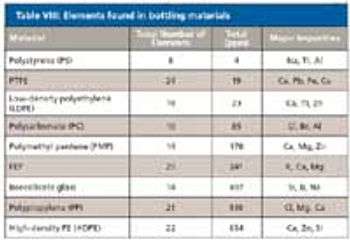
Special Issues
Technology in the manufacture of instruments has evolved by leaps and bounds in the past few decades. The capability of these instruments to measure and quantify concentration at picogram levels has made the analyst more aware of trace contaminants unintentionally introduced during analysis. By raising awareness of contamination issues and sources, it is hoped that analysts can take an active role in reducing error in their ICP and ICP-MS analyses.

